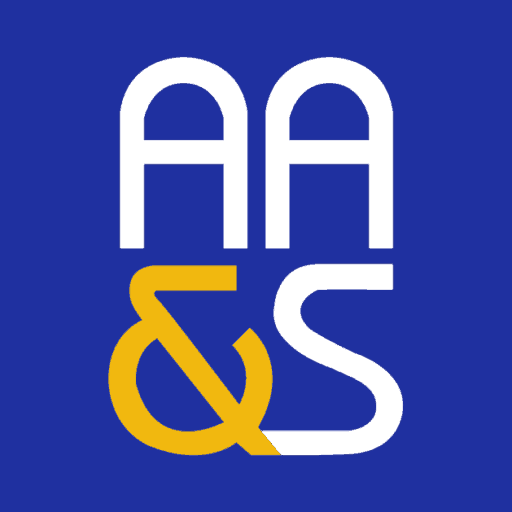Taxation of employment income – part 3 – the tlush and 106
Most people look forward to receiving their monthly payslip, known as a תלוש משכורת or just tlush.
The Israeli tlush is a highly complicated piece of paper containing a huge amount of information. Below I will set out some of the information that you should expect to see, and what it means to you.
A good translation of a typical tlush can be found here.
1. Taxes – income tax and Bituach Leumi (including health tax element).
Finally, the tlush should show you details regarding your entitlement to vacation and sick pay. Typically, this will show how much your remaining entitlement was at the start of the month, the amount accruing to you for the month, how much you used during the month, and the final balance at the end of the month.
The employer is also required to give each employee an annual form (known as Form 106) summarising their salary throughout the previous tax year. This should of course agree to the December tlush (or final tlush received from an employment) cumulative. By law, the employer should provide the form 106 by 31 March following the year. Practically, you’ll need to ask for it.









